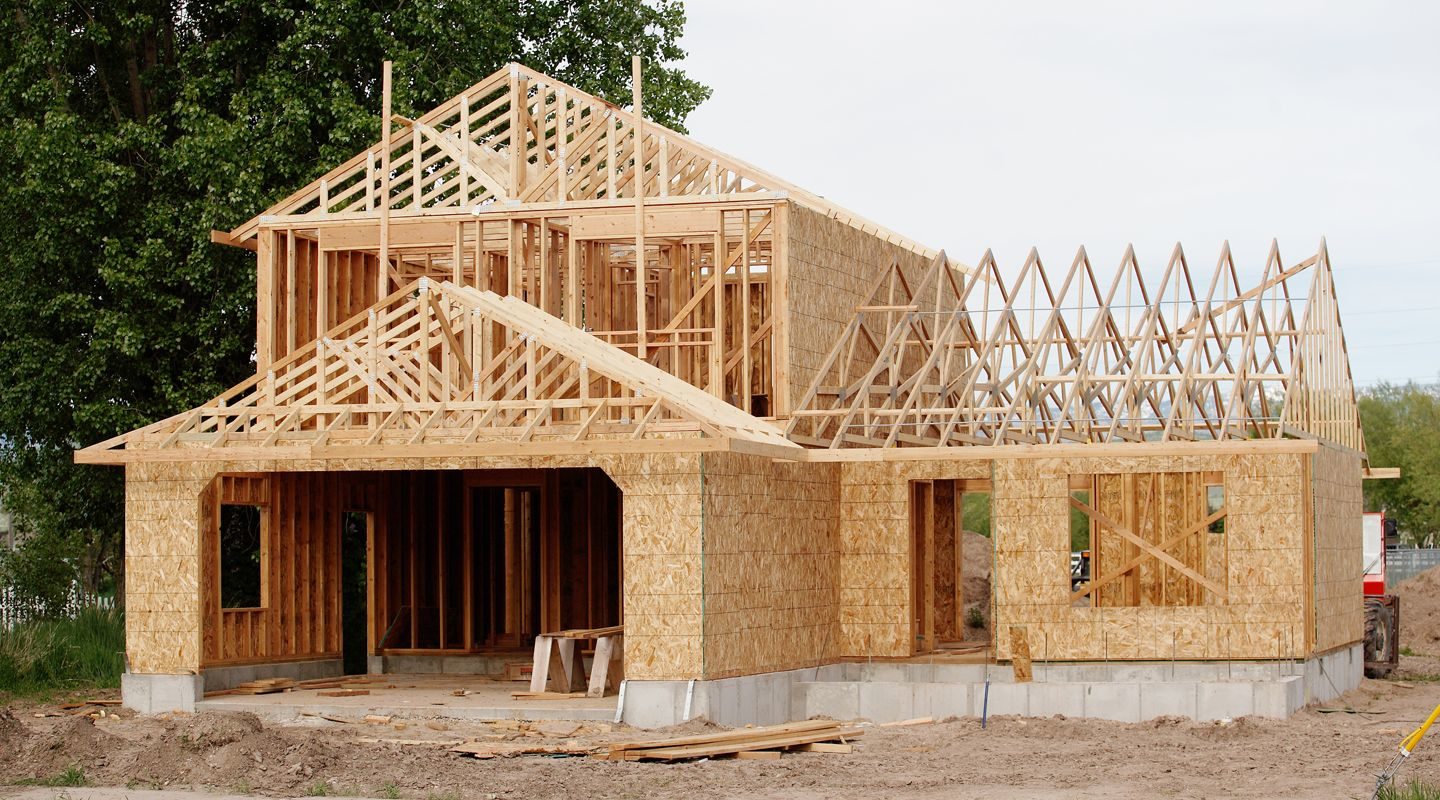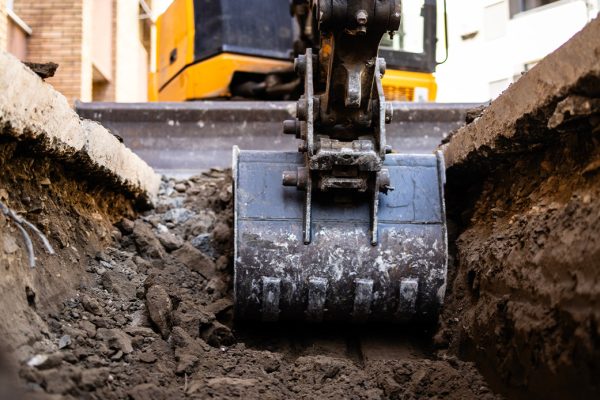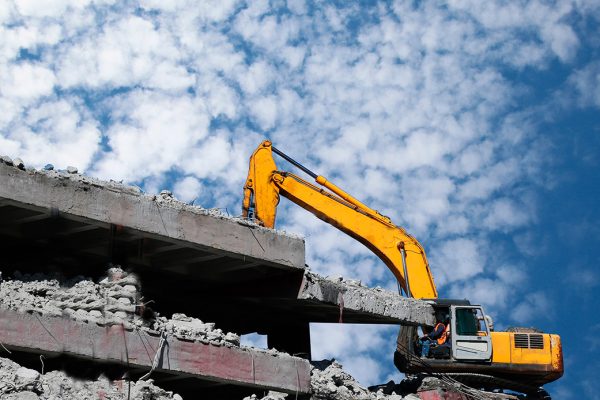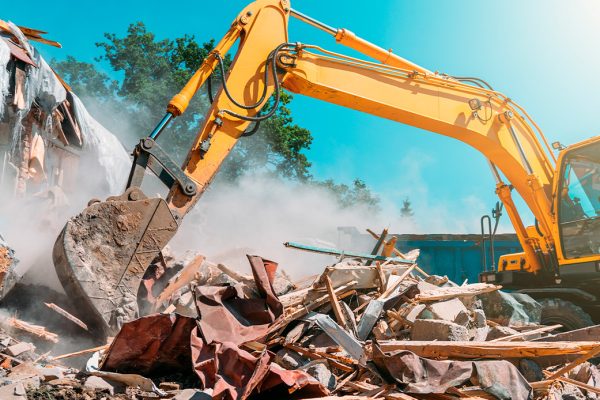Building your dream house takes a lot of planning and time. The process can even be overwhelming at times. Finding the right builder for your house is paramount in building a long-lasting home, as the builder is responsible for many decisions pertaining to construction. As a homeowner, taking part in the design and build of your house and effectively communicating with your builder will go a long way in enabling you to build the home you want.
Here are a few helpful tips that we consider while building your house to make it last longer.
Clearing The Land
Before carrying on with the task of building a house, the area must be cleared of obstacles. We inspect whether there are any soft patches of soil, debris, or stumps of fallen trees. These obstacles can hinder the construction process. Hence, these must be cleared away when building a new home.
Building A Strong Foundation
Installing a good foundation involves the following steps:
- Depending on the conditions of the soil, its strength, and stability, the right kind of foundation must be chosen.
- The next step is surveying the area to plan out the surface area of the land to construct the foundation.
- Finally, installing footings and concrete blocks to strengthen the foundation.
Choosing The Suitable Building Material
There are various durable materials to consider while building a house. Each material has its own set of weaknesses and strengths. It all comes down to budget, aesthetics, and the design of the house.
Here is the list of commonly used building materials:
Wood
For generations, wood has been a popular choice to build houses. It is affordable and can be managed quite quickly due to its low weight. Wood materials are naturally good heat insulators and help moderate humidity inside the house. Moreover, the texture of the wood gives off a homely and comforting look.
However, wood is known to decay and rot with time, and it is not always structurally capable of supporting a lot of weight. There is also a risk of the wood materials being compromised due to termites.
Concrete
Using concrete to build your house can ensure that your house is durable and long-lasting. It offers greater thermal resistance, protection against strong winds and is much more fire-resistant than wood. Due to its low maintenance and repair costs, it serves as a cost-effective option.
A major drawback of the concrete house is that it sometimes looks gray and plain, giving it an almost industrial feel. Also, over time, if there is an issue with wiring or plumbing, the concrete blocks have to be cut to get to the systems. So, it’s not considered a flexible option while dealing with home repairs.
Steel
Prefabricated steel can make the whole construction process go more quickly as it is easy to install. It is also versatile, flexible, and pest and insect resistant. However, the disadvantage of steel is that it is more prone to rusting. Hence, expensive paints must be used from time to time.
Brick
Houses built with bricks are known to be reliable, robust, and sustainable. It is an ideal choice for people looking to build an eco-friendly home. Bricks are made of clay and shale, which are naturally available resources. They come in various patterns and shapes and give the house a rustic look.
Nevertheless, there are few disadvantages associated with the usage of bricks. In places where the temperature fluctuates from one extreme to another, brick houses are not the ideal choice as this causes the structure to expand and contract. Bricks are also more prone to absorb moisture, driving mold growth.
Improving the home’s insulation: Insulation is a great way of saving energy as it ensures that the house is cool during summer and warm during winter. In addition to that, it is also beneficial in blocking outside noise to a great extent. Different types of insulations can make the house energy efficient, such as:
- Wall Insulation
- Roof Insulation
- Window and door insulation
- Floor insulation
Making the most out of the insulation can save you a lot of money down the line. A well-insulated house would also fetch a good resale value as it wouldn’t involve renovation expenses for the potential buyer.
Investing in a sound roofing system: A good roofing system is as important as the house’s foundation. Roofs provide cover against harsh weather conditions such as snow and rainstorms. There are various options to choose from.
- Thatch roofs
- Metal roofs
- Ceramic tile roofs
- Asphalt shingle roofs
- Slate roofs
Depending on the weather conditions of the area, the most suitable roof option can be chosen. Additionally, along with protecting against leaks and supporting snow, roofs are integrated into the design plan to give an attractive look to the house.
Using Quality Materials
It’s no secret that houses built with good quality materials are expected to be sturdier and more long-lasting. A house is made up of various components, from roofing to flooring, plumbing, wiring, etc. To get the most out of your home, investing in good-quality materials is paramount. A helpful way to decide the ideal materials for the house is by analyzing the durability, availability, maintenance costs, design, and price of each material.
The quality of the materials will determine the durability of the house that is built. So, it’s best not to compromise on quality.
Bottom Line
Investing in good-quality building materials will ensure that your house is durable and functional for an extended period. To increase the lifespan of your home, it’s also necessary to maintain it. Even a good quality house needs due attention from time to time. Weather conditions, natural wear and tear, and neglect can decrease the house’s durability down the line. Make sure that you get things repaired by your builder as soon as you spot any issues. This way, you can further increase the durability of your house.






